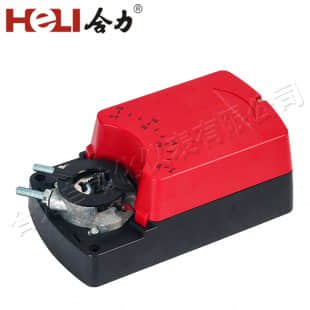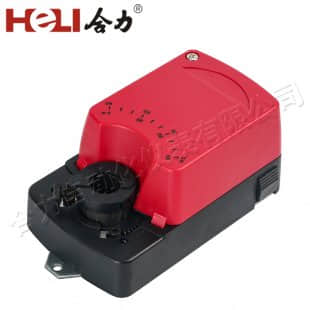
Damper actuators are essential components in heating, ventilation, and air conditioning (HVAC) systems, playing a crucial role in maintaining optimal indoor environments. These devices control the opening and closing of dampers, which regulate airflow within a building. By managing air distribution, damper actuators contribute to energy efficiency and enhance overall system performance.

At its core, a damper actuator is a mechanical device that moves the damper blade, enabling precise airflow control. These actuators can be operated either manually or automatically. In modern HVAC systems, automatic actuators are favored due to their ability to respond to changing environmental conditions and system demands. They are equipped with sensors and control systems that adjust damper positions based on real-time data, ensuring optimal performance.
The types of damper actuators can vary, but they generally fall into two categories: electric and pneumatic. Electric actuators use electrical energy to operate, making them popular for their precision and reliability. They can be further classified into various types, such as on/off, modulating, and proportional actuators. On/off actuators simply open or close the damper fully, while modulating actuators provide variable control, allowing for a range of positions depending on airflow needs. Proportional actuators offer even greater flexibility, adjusting the damper’s position in response to varying signals from the HVAC control system.
